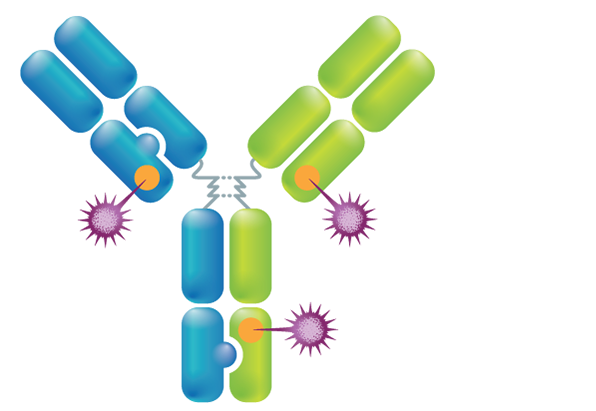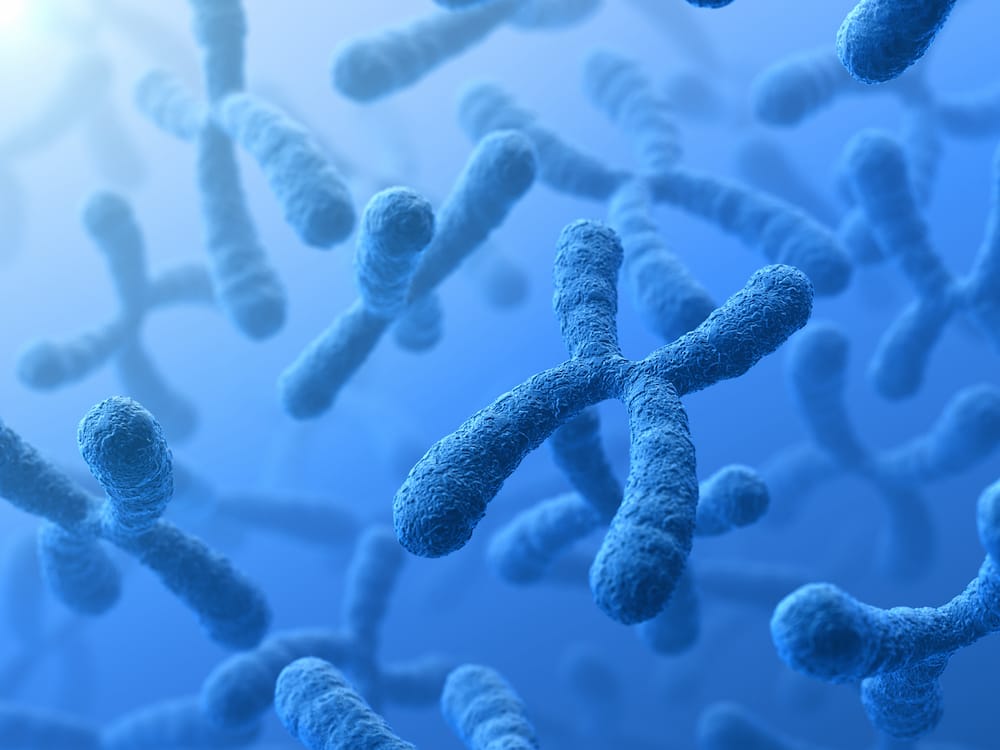Home – Technologies – Site-Specific Conjugation
Site-Specific Conjugation
Cysteine-Insertion Conjugation

Home – Technologies – Site-Specific Conjugation
Cysteine-Insertion Conjugation


We used a structure guided approach to find IgG1 conjugation sites that impact the properties of antibody-drug conjugates (ADCs) in different ways. Having a large panel of engineered conjugation sites enables us to tailor ADC properties to our needs, depending on the payload, antibody, target, indication and intended mode of action.
We have identified different sites that are amenable to cysteine insertion without perturbation of IgG structure and function. The inserted cysteine residues can be selectively conjugated with any thiol-reactive drug-linker using a simple chemical process to generate homogeneous ADCs. The desired drug to antibody ratio determines the number of cysteine insertions that are simultaneously employed. Specific insertions can be used to reduce FcgR binding.
Preferred cysteine insertion sites vary with respect to their location, resulting in diverse local environments. Top sites yield ADCs that are not substantially more hydrophobic than the parental antibody, even when conjugated to notably hydrophobic drug linkers. Specific sites have been demonstrated to protect sensitive payloads against metabolism in plasma. When paired with our Azymetric™ technology, cysteine insertion conjugation gives precise control over drug to antibody ratio (ie. DAR 1,2,3…).